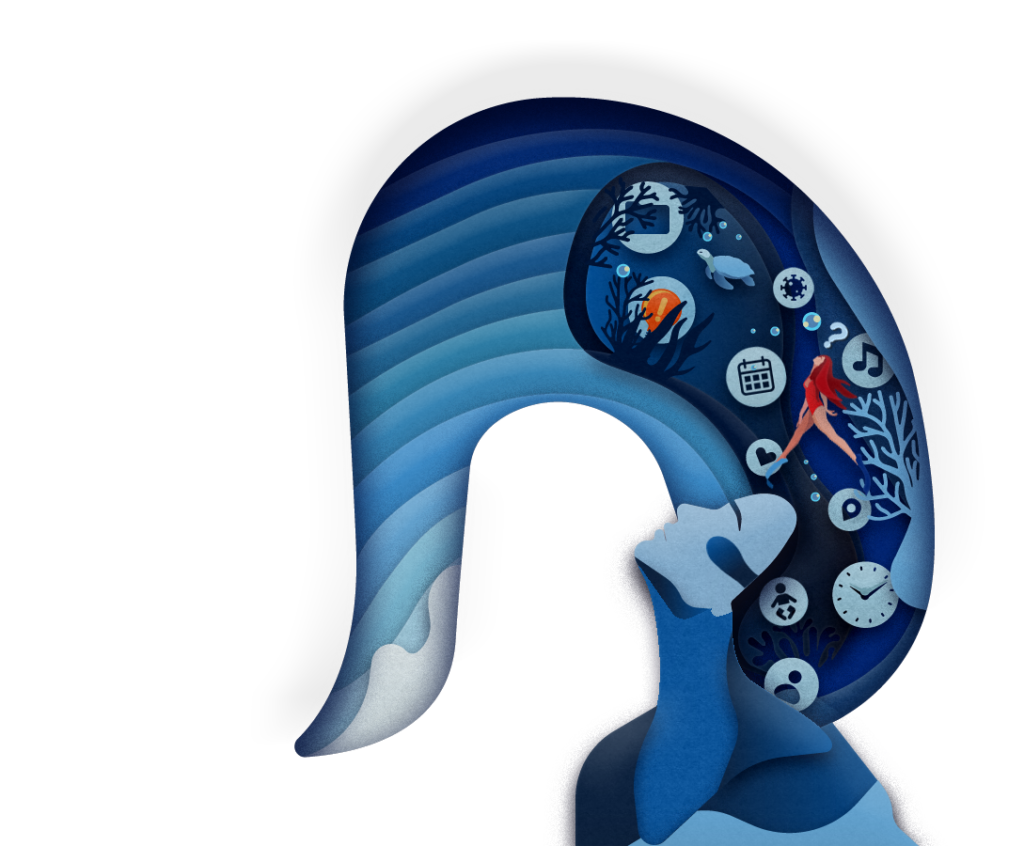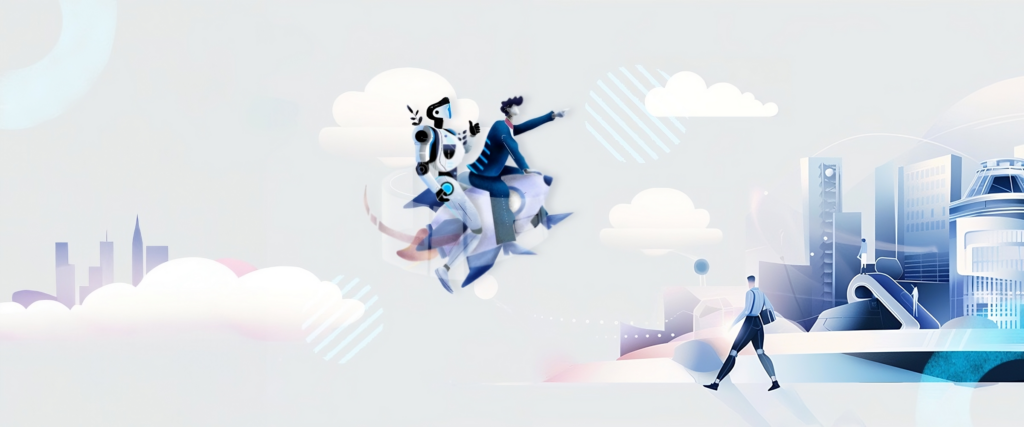When was the last time you had an innovative idea with the potential for true impact for your work and your teams? It is likely that this lightbulb moment took place in the middle of the night, on a weekend or while you were taking some time off. It is also likely that the last time you felt really connected and sensed deep collegiality with your team and company was during an “extracurricular” activity or social engagement.
This is because leadership, innovation, authentic connection and a sense of purpose requires time and space to thrive. And all three are requirements to the success of a change initiative.
Over the past 18 months, we’ve experienced enough turmoil to fill an entire decade. Employers continue to navigate uncertain business conditions and employees have become expert multitaskers, quickly becoming homemakers, teachers, stay at home parents and professionals without the boundaries that existed prior to the pandemic allowing them to compartmentalize and focus on individual aspects of their lives. We’ve had to become everything at the same time and this has consequences on well-being, mental, physical and emotional which in turn reduces our capacity to be effective in any of those individual roles and our work product suffers and our potential for creativity and innovation is hindered. We are busier than ever. Drowning in an ocean of responsibility that distracts us from what’s truly important. Our glasses are overflowing and our capacity to absorb something new is null.

We are already seeing the consequences of these dynamics in record burnout and increased demand for mental health services.
It is well documented that leaders need time and space to think and reflect on business and people strategies that move the organization forward. This is not only a leadership challenge but a “people” challenge. And it is the responsibility of an organization and its leaders to create the space for their employees to develop, absorb new information, connect to your mission and mobilize towards your strategic objectives.
Too often, process, technology and people changes are facilitated by “adding” activity to someone’s plate with the expectation that they assimilate the information and change their behavior. Resistance soon follows as the novel activity is perceived as a burden and quickly discounted. The strategy for change is built around creating a multitude of tactics to address every business objective when they should be designed through a human-centric philosophy – fostering an environment for them to connect with the change imperative and feel empowered to play their part. Sometimes, the best approach is to edit down the number of things someone has to take on, clearing the path and focus on a few impactful things. By removing some of the noise, your people and leaders are better able to grasp what’s important, come up with the next big idea or make a meaningful impact.

Tried and tested change approaches take people through a change journey. And they work. The nuts and bolts around the “what” needs to be done does not need to be overhauled. But “how” these methodologies are applied to groups and individuals must consider the basic human needs for connection, a sense of belonging and purpose which are so elemental to adopting new ways of working. With this in mind, we invite you to to look at the next change management plan that comes across your desk very critically to identify and cut down the noise. This is about quality and impact vs. quantity of tactics. You will end up with more time to lead and your people with a streamlined change experience.













